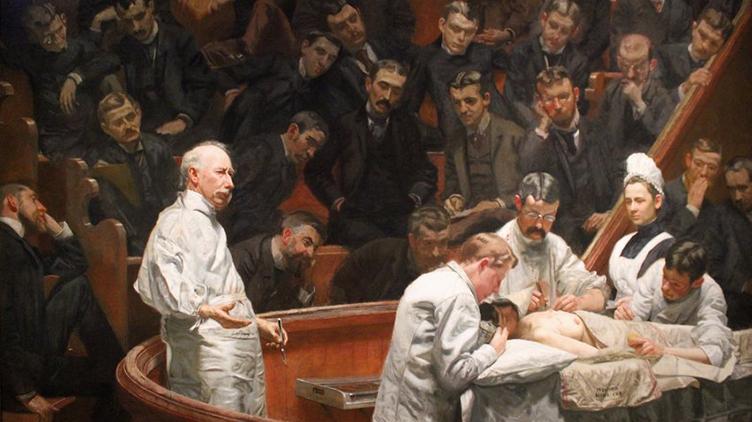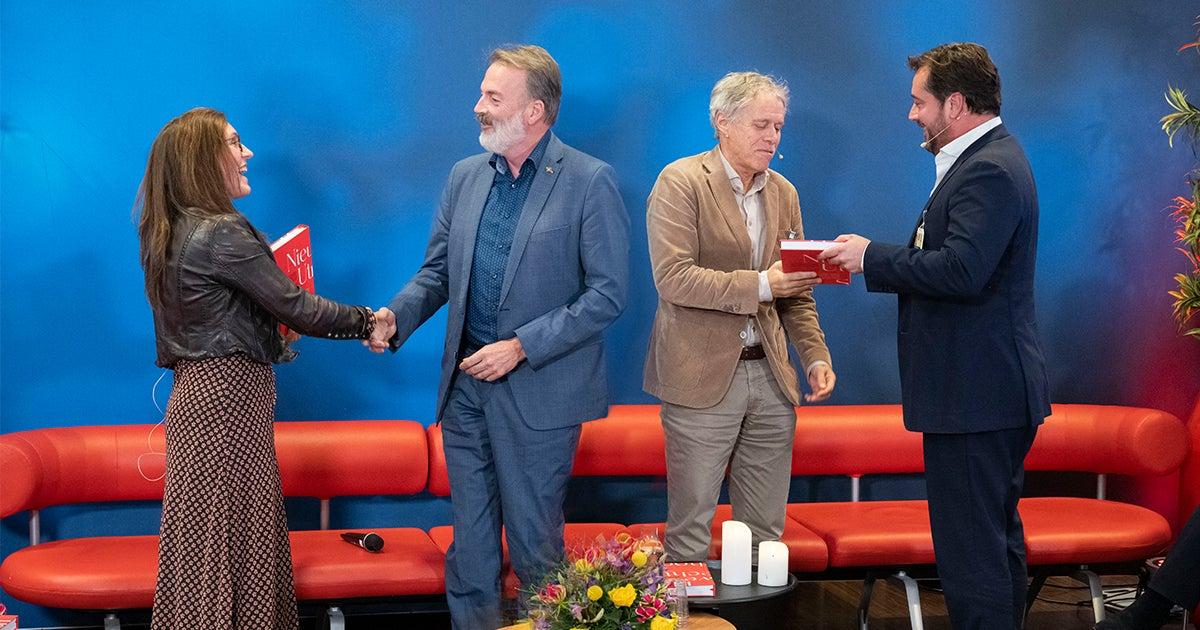Former Dean Willem Koops lashes out
Distinguished Professor criticises UU's New Utrecht School manifesto

The book The New Utrecht School: Historical Tradition and Modern-Day Approach was published late last year, as the final celebration of the university's 385th anniversary, which It sets out a number of principles in the field of teaching and research that read like a mission statement. “In this mission book, we’re searching for a modern-day interpretation of the principles that were the foundation of the historical Utrecht School,” the editors of the book, Stefan van Geelen and Megan Milota, say.
The authors mention as shared principles of the old and new Utrecht Schools a focus on the individual and his relationships and connections with the world around him, an interdisciplinary approach and contributing to the solution of major societal challenges. Geelen is education programme manager at UMCU and programme director of the master's in Medical Humanities, while Milota deals with teaching innovation at the Faculty of Medicine.
Broader context of wellbeing
The New Utrecht School was founded in 2017 as a partnership between the University Medical Centre Utrecht, the art school the HKU and Utrecht University. The idea is, at its core, focused on a new view on health care and educating health care professionals. That means a broader look at health care, that doesn’t just focus on individual patients’ diseases, but also a broader context of wellbeing in a globalised world. In a polluted environment, if relatively many people fall ill, you should also look at the causes of that illness and what you can do about it. Terms like planetary health or public health show up at times.
The ideas of the New Utrecht School were incorporated into the UMCU’s and UU’s strategic pans. Aside from public dialogues, a master was also developed, called Medical Humanities, in which art and health were expressly connected to each other. This includes things like improving communicative and creative skills, so health care professionals learn how to better empathise with patients. One concrete example in the book is that psychiatric patients are offered to share their stories on how to live with mental vulnerability. Stories like that were then turned into musical compositions by students at the school of music. It helps healthcare professionals better imagine the experience of their patients.

Editors Stefan van Geelen and Megan Milota of UMC Utrecht festively presented the new book to dean and vice-chairman of the Board of Governors Arno Hoes, director of the Education Centre and UU rector magnificus Henk Kummeling on Education Day on 8 December 2022. Photo UMCU
Understand humans
The approach in the book goes beyond just health care. It’s not for nothing that all Deans contributed. Encouraging Open Science is mentioned in several contributions as a way to share ideas, and encourage interdisciplinary collaboration.
The New Utrecht School, then, says it was inspired by the Utrecht School. This school consisted of a group of scientists who, in the time after World War II, made waves with their phenomenological approach. The members resisted the natural sciences-based empirical-analytical psychology, and wanted to understand humans by approaching them in their relations to the world, what they choose, and what chooses them. Humans weren’t objects, but should be approached more subjectively. Famous names are psychologist Frits Buytendijk, pedagogical scientist Martinus Langeveld, and psychiatrist Henticus Rümke. But the first female judge, Han Hudig, was also a member of the group.
Out of fashion
The name, The Utrecht School, was coined by Strasbourg-based professor Jean Léauté, who referred to ‘L’École d’Utrecht’ due to its original way of innovating psychology and psychiatry. In his introduction, rector Henk Kummeling writes that their idea of science was formed by the desire to find innovative solutions to large-scale societal issues.
After the 1960, the Utrecht School faded into the background. In his foreword – called ‘Of old Schools and things that return’, Kummeling states that the world of science also deals with fashion trends. “The Utrecht School was out of fashion by the early 1960s. I won’t give explanations for this. For me, it’s much more important to be able to conclude that a large number of principles of the Utrecht School of then, now form the foundation of a large cultural change in academia.” Especially the focus on local, regional, and global issues that science wants to answer, and making the results accessible through Open Science.
Observations, coloured by emotion
In an article in magazine De Psycholoog, Willem Koops, distinguished professor of Developmental Psychology and until 2012 Dean of the Faculty of Social Sciences, lashes out at the link that the Utrecht School has been turned into. “It gives the impression that the Utrecht School was exemplary in its striving towards social commitment. That is historically unsustainable. The democratisation movement from the 60s and 70s resisted the paternalistic, and not exactly socially critical, efforts of the Utrecht School.”
Koops himself researched the Utrecht School and says he appreciates it. But he also points out there’s a reason why the movement died a slow death after the 1960s. To him, it’s impossible to separate empirical and non-empirical science, as Kummeling does in his introduction. “Subjective observations, coloured by religion and emotion, should not be classified as science, in my opinion.” He mentions a few examples. Foreman Buytendijk once noted that there is a ‘women’s issue’, “Not because women are suppressed, but because there is a secret of femininity.” Also: Buytendijk’s observation that people with horizontal wrinkles in their foreheads are people with limited intellectual development.
Misleading
To Koops, it’s misleading that the mission book links its goals to the Utrecht School. “In the Utrecht mission books, we find barely anything about the problems of the Utrecht School.” The Utrecht School may have fought for interdisciplinary work, but in his eyes, it was scientifically dubious, because subjective observations are incomparable to the methodological, reproducible observations of the empirical sciences.
He says many of the things the UU advocates for in this mission book aren’t unique at all. “It gives the impression that there’s something special and specific happening at Utrecht University,” he writes. Other universities are also working hard on Open Science, and aim to contribute to solving societal issues with their research.
Open dialogue
Koops supports the importance of ‘Bildung’, or a broad academic education. But he says its demise is not caused by fragmentation and specialisation in modern science, as the New Utrecht School argues, but rather because far-reaching cutbacks in the past decades have led to shortening of people’s college years.
In a response, Van Geelen and Milota say that the Utrecht School is praised by numerous international scientists for their innovation of psychiatry and psychology. They see the book as a step to reflect on this inheritance for the entire domain of health care.
They accuse Koops of selective reading, and invite everyone to participate in an open dialogue about the mission and vision of the New Utrecht School. That, at least, is what Koops says the goal was of his opinion piece.
Stefan van Geelen and Megan Milota (redactie), De Nieuwe Utrechtse School: Historische traditie en hedendaagse aanpak.2022. Can be read for free here (in Dutch).